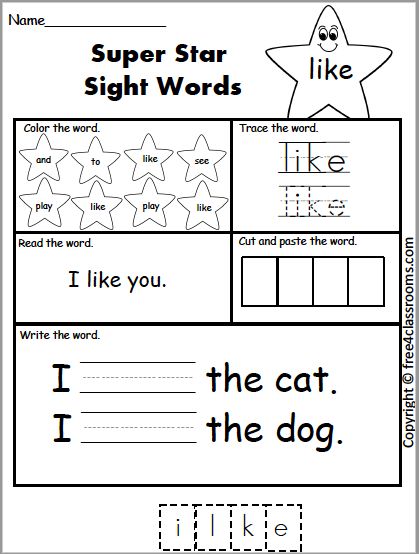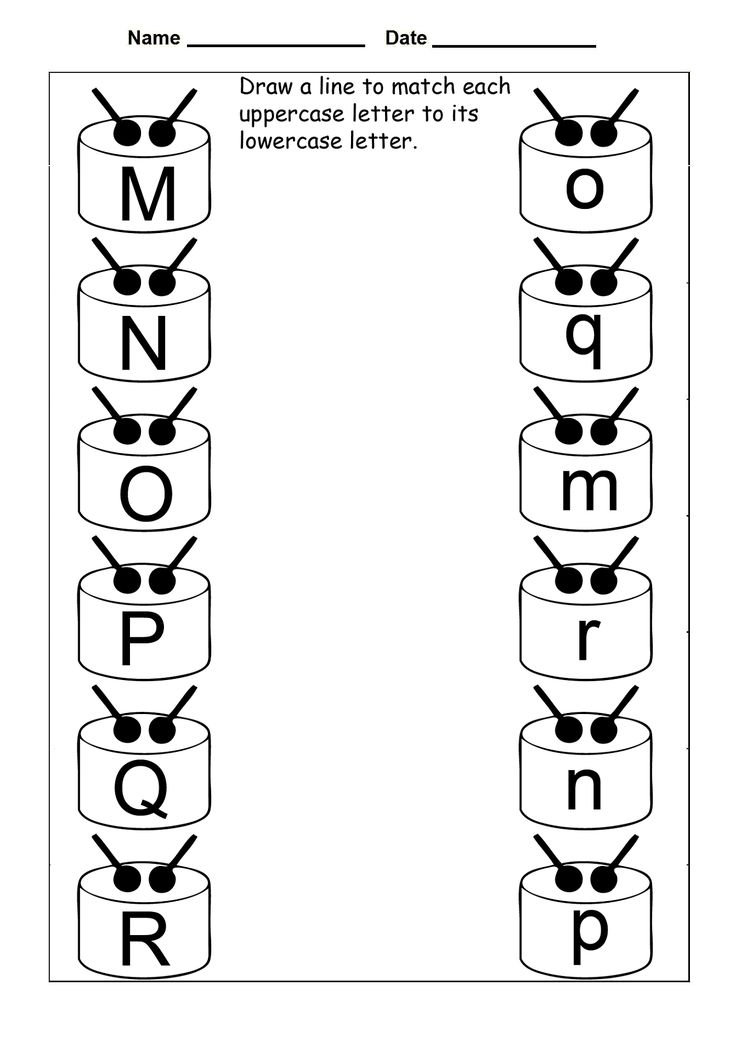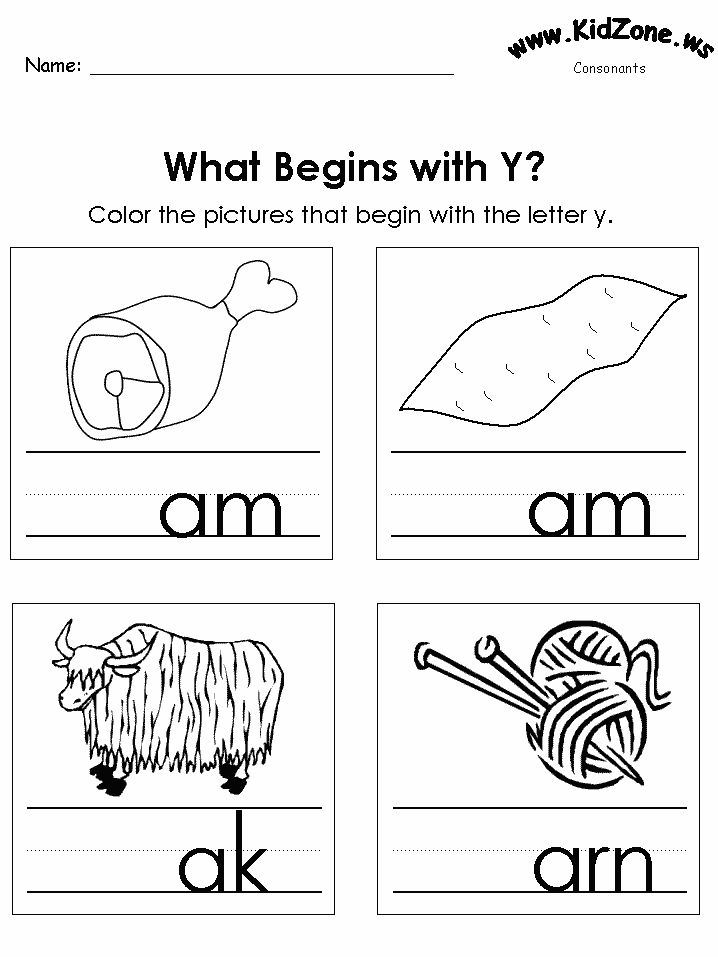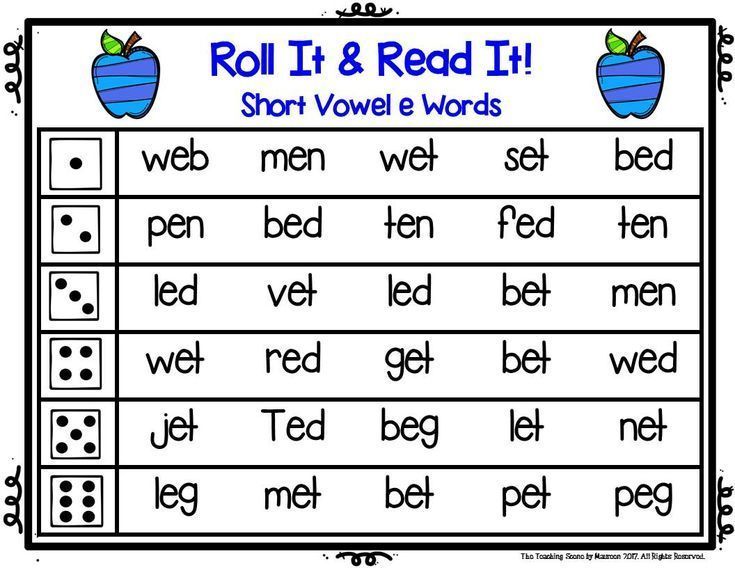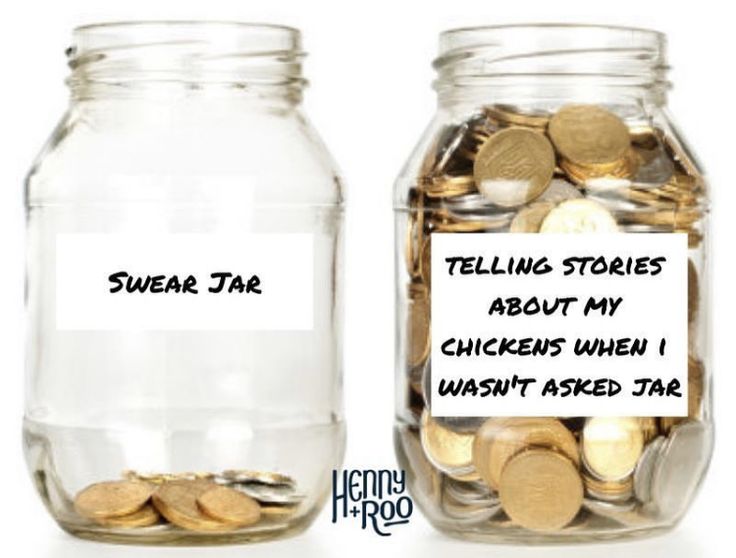How to teach sight words in kindergarten
The Best Tips to Teach Sight Words to Kindergarteners
41 shares
- Share
- Tweet
It’s important for beginning readers to develop a bank of sight words to support their early reading. If you’re wondering how to teach sight words to kindergarteners and preschoolers, it’s a task that can be done, but it will definitely take time. Read on for some great tips to get them started early.
What are Kindergarten Sight Words?Sight words are also referred to as “high frequency words” because they are words that appear most frequently in texts.
Some examples of early sight words are “the,” “I,” “a,” and “am.” As children progress with their reading, they can begin to work towards recognizing longer sight words, such as “they,” “said,” “where,” and “have.”
The goal is for children to recognize sight words instantly, without needing to devote much effort to sound them out. This frees up their efforts for words that require more strategies to solve.
For example, a book written for a beginning reader may include the sentence starter, “I am” on each page, with endings such as “swimming” or “running” completing each sentence. Children with a well-developed bank of sight words can instantly and effortlessly recognize the words “I” and “am.”
This allows them to focus their word-solving strategies on the final word in the sentence. They may use strategies such as making the first sound and looking at the picture cue.
When to Teach Kindergarten Sight WordsNot every child is ready for sight words at the same time. Similar to talking and walking, learning sight words is a developmental stage that children begin at different ages. Usually, it should not be before about five years of age.
Before learning sight words, make sure the child has developed pre-reading behavior. Once your child begins showing an interest in letters and words, it indicates that a child is growing closer to reading.
Children are not required to recognize every letter before they begin learning sight words. A few letters and their sounds will let them get started with pre-primer sight words.
How to Teach Sight Words to KindergartenIt can take time for children to learn sight words depending on their age, motivation, and cognitive skills. However, teaching kindergarten sight words with the right strategies can help any child to improve quickly.
If you’re looking for how to teach sight words to kindergarteners or preschoolers, here are some great tips and strategies to do so.
My Favorite Tips to Teach Kindergarten Sight Words
1. Start with a Small List of WordsIt is easy to find lists of sight words to begin introducing to young children. However, it is important that educators do not overwhelm beginning readers with long lists of words to learn. Start with one or two words that you would like to focus on. Give children many opportunities to practice these words and solidify their learning, before introducing more words.
Children can be motivated to learn sight words that hold personal significance to them. For example, a child may enjoy learning how to read the word “mom” or “dad.”
Also, achieving quick success with sight words can motivate children to keep reading. Learning sight words like “I” and “a” may be easier than other words and give children an instant boost in their reading confidence.
3. Don’t Introduce Visually Similar Words TogetherKeep in mind that children who are learning to read may find visually similar words confusing. For example, it is not uncommon for beginning readers to mix up the words “the” and “here.”
To cut back on the confusion, do not introduce visually similar words at the same time. Also, make sure that children have a solid recall of the first word before introducing the second.
4. Practice Makes PerfectAs you introduce new sight words, it is very beneficial to continue revisiting previously learned words. Even if they seem to have mastered a word, once you introduce new words, they may forget what was previously learned.
Even if they seem to have mastered a word, once you introduce new words, they may forget what was previously learned.
Continue to go back and reteach or quiz your children on previously learned words to make sure that they still remember them.
Worksheets can provide children with a variety of ways to review their growing bank of sight words. Coloring, matching, writing, and reading activities all help to solidify their sight word recognition.
5. Use Books for Carry OverA key component of learning sight words is to recognize them in context. Some children may be able to identify a sight word within a list of words or on flashcards, but when it comes up in a book, they have trouble.
Children should be exposed to a variety of books at their current reading level that include sight words they have been practicing. Choosing “just right” books is important.
Asking children to read books that are far too difficult can create frustration.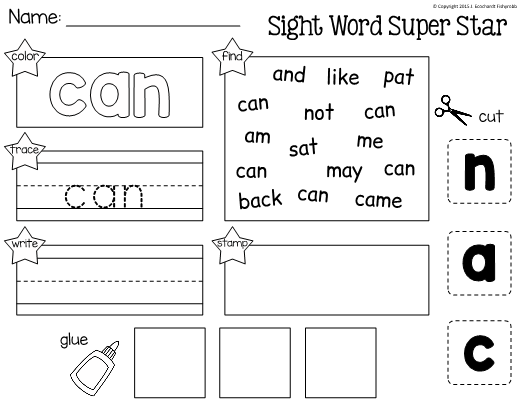 To learn new words, practice word-solving strategies, and sight word recognition, children need experience reading books at their instructional level – not too hard, and not too easy.
To learn new words, practice word-solving strategies, and sight word recognition, children need experience reading books at their instructional level – not too hard, and not too easy.
As you introduce sight words, pair them with books that are filled with the words you’re focusing on. There are many texts written specifically for beginning readers that use patterns and repetition to teach sight words.
The goal is to provide children with lots of exposure to new words and to do so in a context where they can achieve success.
Beginning readers should read the same book more than once, providing them with more opportunities for practice and developing confidence in their reading.
6. Pair Reading and Writing with Sight WordsAnother great strategy for how to teach sight words is to take advantage of the relationship between reading and writing. When children learn how to write a word, they can typically read it as well.
As you’re teaching sight words and incorporating the use of leveled texts, consider ways to involve writing as well. One way is to use a sentence stem from a book children have just read.
One way is to use a sentence stem from a book children have just read.
Using the earlier example of a patterned text that begins each page with “I am,” children could write their own “I am” sentence after reading the book. This provides them with practice writing two sight words.
Letting them choose their own ending for the sentence allows them to personalize their writing. Some children may wish to go a step further than writing one sentence and can create their own “I am” book.
7.
Use Sensory Items For Writing Sight WordsPreschoolers and kindergarteners may enjoy exploring different modalities to write words. Have them experiment with chalk, whiteboard markers, or pastels.
They can also practice writing their words in salt trays, shaving cream, or sand. In addition to writing sight words, children can build the words using materials like magnetic letters, letter tiles, or stamps.
8. Use Visual Cues (Word Wall)
Use Visual Cues (Word Wall)A great tool to help children remember how to write sight words is a word wall. This is a visual display of words they have been introduced to.
Word walls can be put up on a wall or bulletin board or can be a small, personal chart kept at a child’s table or desk. It’s important to make sure that words are displayed clearly, with the letters formed correctly. Beginning readers and writers can find fancy print confusing.
Word walls are also a great way to keep track of which sight words you have introduced. They also provide another way for children to review their words.
Related Post: Printable Sight Word Flashcards
Easy Activities for Learning Kindergarten Sight Words
Sight word activities are the perfect way to introduce and reinforce kindergarten sight words. The activities can be simple to put together and still have a big impact. Here are a few of my favorites!
This Roll & Read Activity is super simple! All you need is some dice and the FREE printable.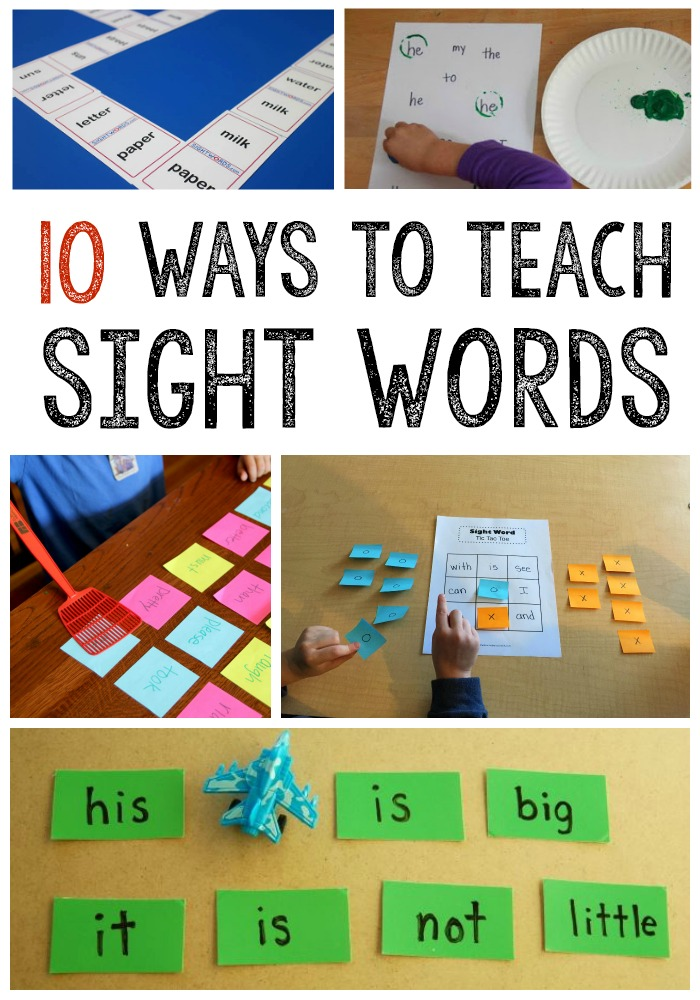 The children roll the dice, and then read the words in the column matching the number on the dice. You can use the free printable, or make your own worksheet with any sight words you are currently working on.
The children roll the dice, and then read the words in the column matching the number on the dice. You can use the free printable, or make your own worksheet with any sight words you are currently working on.This would be the perfect activity for spring time – but really any time is a great time for egg activities! Simply write the sight words on the paper in the shape of an egg. Next hide the words inside the easter eggs, as your kids (or students) read the word, have them find the match on the paper.
This activity from Juggling with Kids looks so much fun! Make a little parking lot with sight words, call out a word and your little one can park the car in the correct spot. What a fun way to learn kindergarten sight words!
4. Magic Sight Words
Write sight words in white crayons on white paper. Give your students some crayons, watercolors, or markers, and let them color the sheet of paper. Watch as they are amazed at the magic word that appears! Have them read the word they just revealed.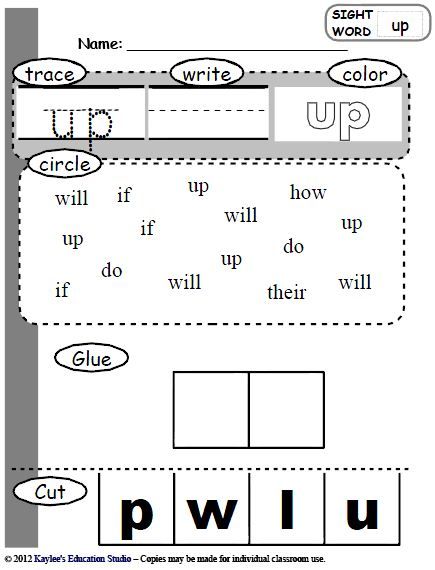
Playdough makes everything fun! Have your kiddos form their sight words from playdough, and read the sight word they created.
Kindergarten Sight Word GamesAfter introducing a new word, we don’t want to abandon it before a child has had adequate opportunities to solidify its recall. Sight word games are a great way to teach sight words by reviewing and adding new words.
1. Memory
One example of a sight word game is Memory. Each word needs to be written on two flashcards. All the flashcards are turned over, face down.
Each player takes turns choosing two cards. If they match, the player keeps the cards and gets another turn. If they don’t match, the player flips the cards back over and the next player has a turn.
The game ends once all the cards have been matched. The winner is the player with the most matches.
Another simple sight word game is Zoom. A sight word is written on each flash card.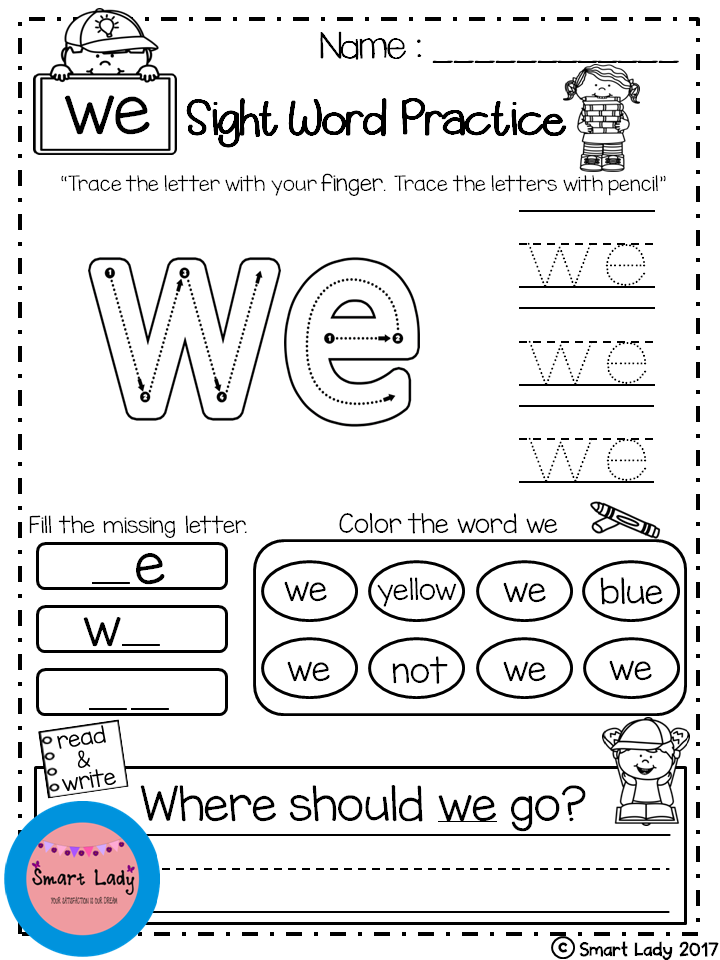 The same word can be written on a couple flashcards if you like.
The same word can be written on a couple flashcards if you like.
The word “zoom” is printed on several flashcards. Players take turns choosing a card from the deck. If they choose a sight word, they read the word then place the card in their own pile.
If they choose a “zoom” card, they get to steal everyone’s cards. Once all the cards have been chosen, the player with the biggest pile wins.
2. Sight Word Bingo
Sight Word Bingo is another way for children to review their sight words. Bingo cards made for dry-erase markers can be reused but paper and pencil also work.
Each player needs a bingo card that has a different sight word in each box. You also need a deck of flashcards with each word written on a card.
One person chooses a card and reads the sight word. The players look at their bingo card to see if they have the word, If so, they check it off.
Cards continue to be chosen until a player gets “bingo.” This may be one line of words, words that create an “X” on the card, words in the four corners of the card, or even every word on the card.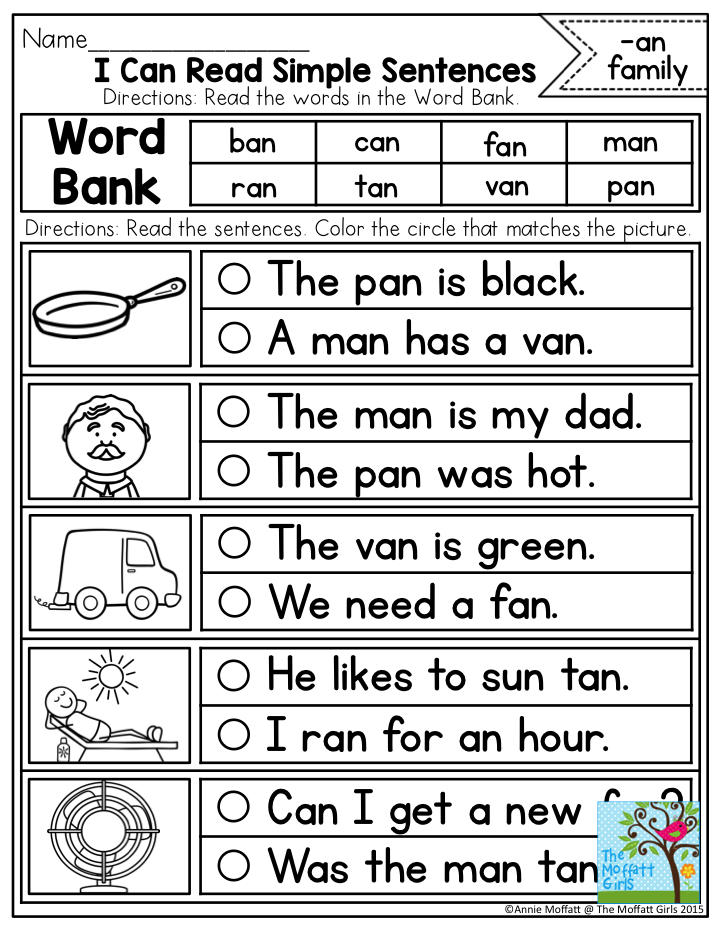
Related Post: Sight Word Bingo Printables
3. YIKES!
This game could not be any simpler! All you need is a cup, some craft sticks, and a marker! Simply write the words you are practicing on the craft sticks, and add a few sticks with the word YIKES! Each child pulls out a stick and reads the word on the card. The play continues as each child reads the words on their stick. When a YIKES stick is pulled, the child is out for this round!
This is a cute and easy game for teaching kindergarten sightwords! Simply write a few sightwords on the bowling pins, the kids can take turn rolling the ball and knocking down the pins. The child who rolls the ball must read the word on the pins that are knocked down. If they read them correctly they keep the pin! Whoever has the most pins will win the game!
5. Sight Word Hide and Seek
For this activity, print out some sight word flash cards, laminate and cut out for durability, then hide the cards around the house (or classroom) when the kids find the words they must read them to you.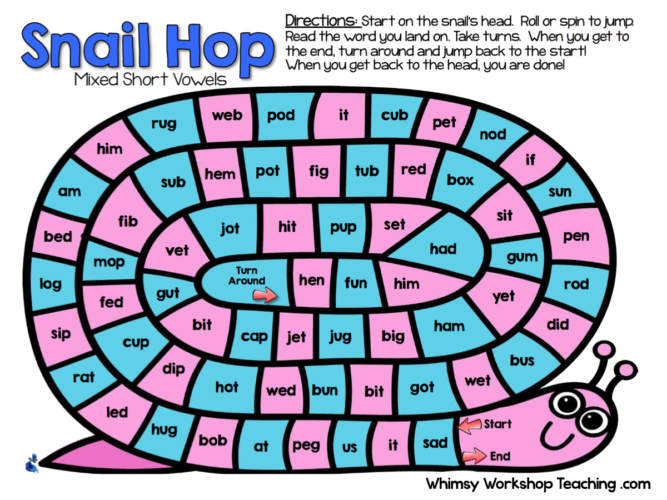 Great idea to get those bodies moving!\
Great idea to get those bodies moving!\
Apps to Practice Kindergarten Sight Words
Althought I think hands on activities are the best choice for learning sight words, apps do have their place in the world as well. Here are a few of my top pics for apps that will help you practice Kindergarten sight words.
You can get Reading Ninja on Itunes for just .99 this game is perfect for learning three letter Kindergarten Sight Word – definitely one of my favorites for beginners.
This app is FREE in the app store, and is perfect for practicing sight words. Your little one can practice over 300 sight words using this app – with or without sound.
This is a perfect app for little ones to be engaged in! They simply need to choose the sight word that is called out.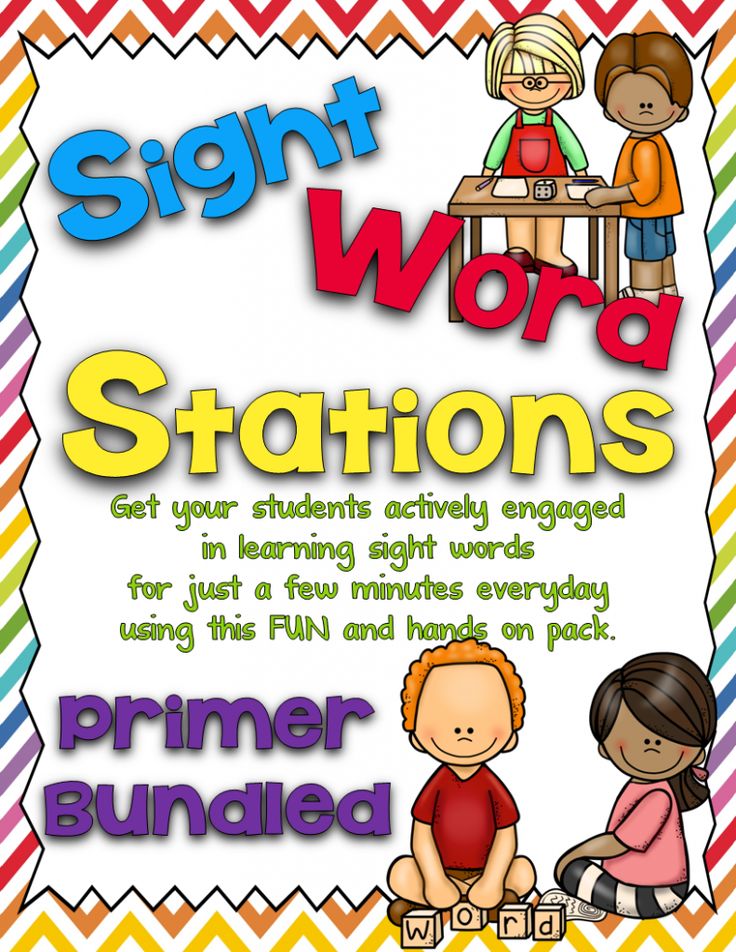 If they get the answer correct they are celebrated by super fun letters.
If they get the answer correct they are celebrated by super fun letters.
Introducing children to sight words is an essential part of teaching them to read. Watching their bank of known words develop is exciting to see! As they accumulate more words that they can instantly recognize, their confidence in both reading and writing will grow.
Now that you know how to teach sight words to kindergarteners and preschoolers, you can get your children and students learning and reading in no time! Be consistent with the above strategies and they’ll love learning to read and write.
Author Bio
Alesia is a founder of PrimaryLearning.org, an educational website that helps elementary school teachers and homeschool parents with hands-on worksheets, activities, and thoughtful articles.
Related posts:
How to Teach Sight Words: Tips For Kindergarten Teachers
Home » How to Teach Sight Words: Tips For Kindergarten Teachers
Are you wondering how to teach sight words? You know that just practicing and memorizing them isn’t that helpful.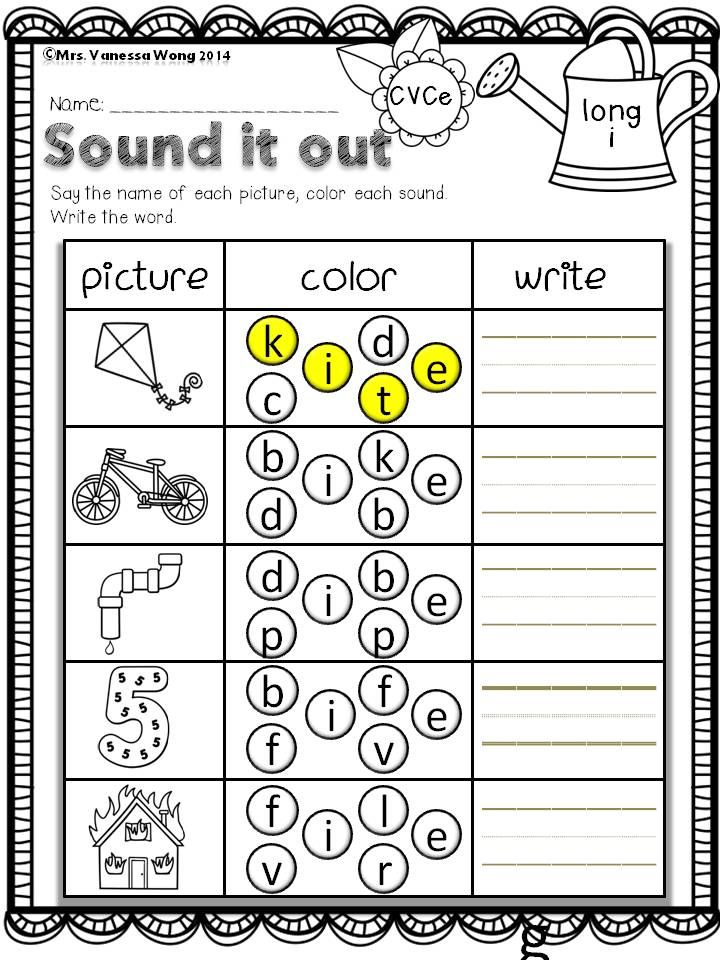 So, what can we do to liven things up? We’ve gathered together our best tips. Perfect for kindergarten and homeschoolers. Click through to get our ideas.
So, what can we do to liven things up? We’ve gathered together our best tips. Perfect for kindergarten and homeschoolers. Click through to get our ideas.
One of the hot topics in the Simply Kinder Facebook group is teaching sight words. And no wonder really. Love ‘em or hate ‘em, we all have to teach sight words.
This Resource Works Well With
Why Is It Important For Students To Learn Sight Words?Before we start, let us go over the basics. Why do we even bother teaching sight words? Phonic instruction is important for early readers, but so are sight words. Sight words are high-frequency words. This means that they appear in the most text more often. Some of these words follow phonics patterns, and some of them don’t.
We want our students to get to the point where they recognize these words without having to sound them out. Teaching these words helps our students read more fluently. But more importantly, it helps them experience success in their reading.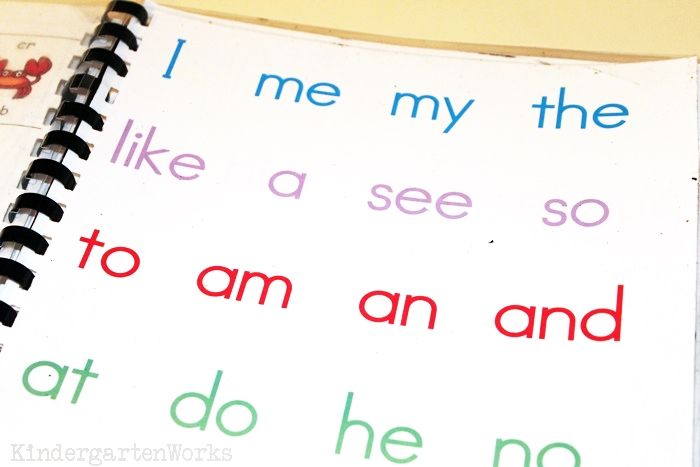 And they will be reading a lot in Kindergarten. Making that a positive experience is vital.
And they will be reading a lot in Kindergarten. Making that a positive experience is vital.
There is no one way that seems to work over all the others. Every child is different and will respond to different approaches. One strategy that works for readers is teaching them the phonics part of reading. There are so many common patterns in sight words like open and closed syllables that will help your students be successful.
The one thing that does make a huge difference is to practice, practice, practice. The more our Kinders see and use those words, the more fluent they will read them.
We’ve gone to the teachers in the Facebook group and scoured the Internet to find out the best tips for teaching sight words. Are you ready to begin?
Our Best Tips For Teaching Sight Words
1. Practice them every day with these three basic steps.
2. Use our simple Sight Word Books: Each book highlights one sight word and uses a predictable pattern.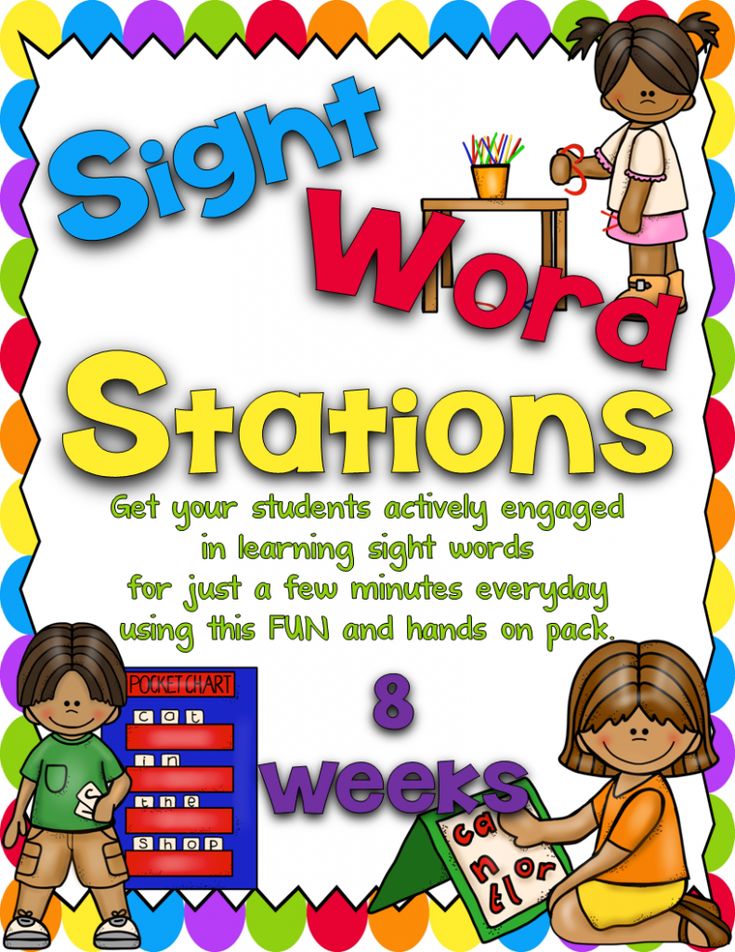 This makes it easy for students to read and experience success. The bundle also includes worksheets, so the children can practice using the words.
This makes it easy for students to read and experience success. The bundle also includes worksheets, so the children can practice using the words.
3. Reinforce with Games: It takes a lot of practice to learn a sight word. We have loads of sight word games to make it fun. Try
- Editable Fall and Winter Games
- Mining For Sight Words
- Sight Word Train Center
- Egg Basket Sight Word Game
More Games
4. Play Kaboom! (suggested by Grace Goodson Johnson): Here is a DIY game that is very easy to prepare. All you will need is some craft sticks and a permanent marker.
5. Roll a word: Another DIY game that kids love. Tape a square box closed and write one sight word on each side. Kinders roll the dice and read the word.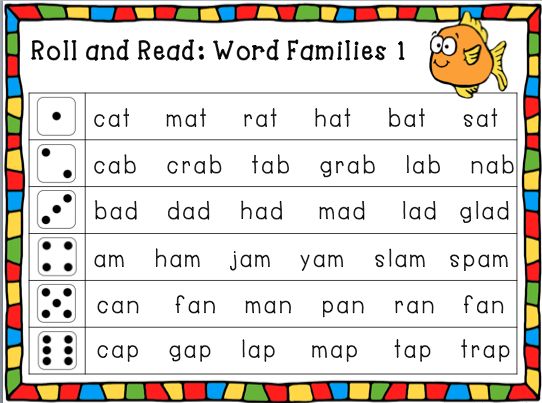 That’s all there is to it! Sometimes the simplest things work the best.
That’s all there is to it! Sometimes the simplest things work the best.
6. Jenga sight words: You will need to find/buy a Jenga game. Write one sight word on each block (use a permanent marker). Play the game, but each time your Kinders pull out a block they have to read the word.
sight word path7. Make it Active: Kinders have a lot of energy to spare. Anything that pairs movement and learning is going to be a big hit.
- path of sight words
- sight word snowball fight
- Sight word high five
Writing and Manipulatives
8. Use Sight Words In Writing: Your students will benefit from using the words they learn. The act of writing helps reinforce the phonemes and builds muscle memory.
- Pattern writing on desks
- Sight Word Writing Activity and Game
- Writing in shaving cream (put on desk or on cookie sheets and students write words with fingers)
- Writing in sand
- Read it, write it, glue it worksheets
8.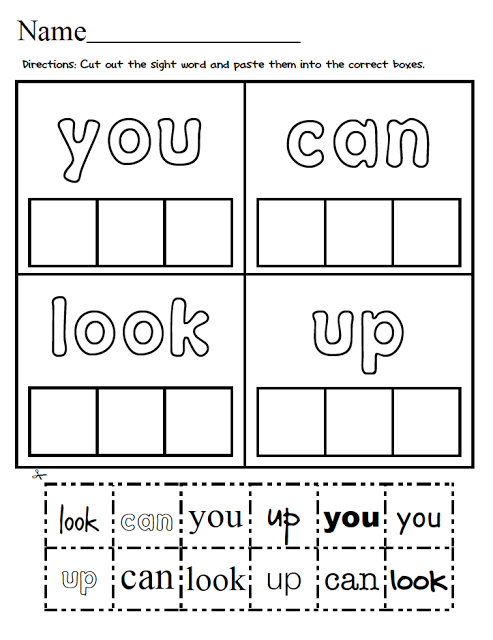 Teaching Sight Words With Manipulatives: Manipulatives are fun and can liven up learning.
Teaching Sight Words With Manipulatives: Manipulatives are fun and can liven up learning.
- Sight Word builders and Rocks Game
- Sight Word Snap Block Center
- Build words with letter tiles or magnetic letters.
- Stamp them using alphabet stamps.
- A sight word activity using mini erasers
Practice Makes Perfect
10. Re-visit sight words constantly. As they say, practice makes perfect and repeated exposure will eventually make the word stick. Children need loads of practice reading and writing sight words before they finally learn them. Do this by introducing sight words in many ways. Check out our ultimate list of sight word activities.
11. Try a sight word app: Have you discovered the Sight Word Ninja app yet? It is an inexpensive and great way for students to practice, particularly struggling readers!
Related: The Best Free Kindergarten Apps for reading
Songs and Videos
12. Sing them: A lot of teachers in the Simply Kinder group recommended Heidi’s Songs. It is quite an investment, but worth considering if you have a parent offering to buy something for your classroom.
Sing them: A lot of teachers in the Simply Kinder group recommended Heidi’s Songs. It is quite an investment, but worth considering if you have a parent offering to buy something for your classroom.
13. Sight word of the day song: Here is a free alternative for those of us that can’t afford to buy the songs right now. This brilliant idea came from Stacey Elizabeth in the Simply Kinder Facebook group. We will use the sight word could, but feel free to substitute any word of your choice.
Sung to the tune of B-I-N-G-O
There was a sight word of the day and could was our sight word.
c-o-u-l-d, c-o-u-l-d, c-o-u-l-d,
And could was our sight word.
Write the song out on newsprint or whiteboard and leave gaps where the word should go. Print the words on paper, cut out and add them to the song each day.
This works brilliantly for 5 letter sight words, but you can use words with a fewer letters.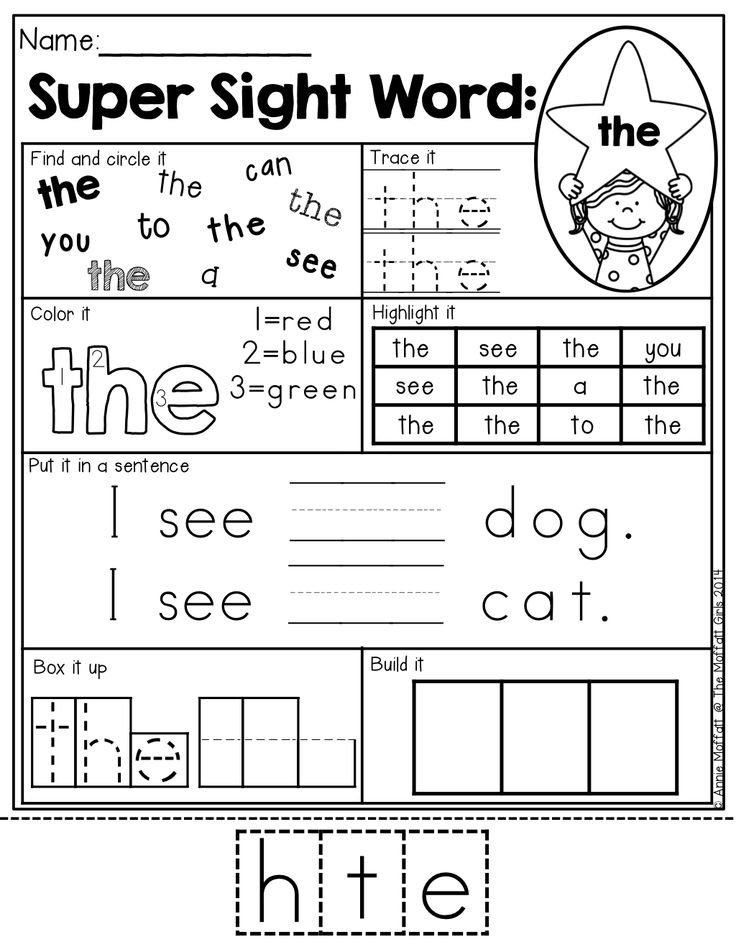 Just adjust the timing of the song.
Just adjust the timing of the song.
14. Use You Tube Videos: There are loads of free sight word videos on Youtube. Here’s two of our favorites
15. Use Pinterest: Pinterest is a goldmine of ideas. Check out my Sight Word Pinterest board
Sight Words
These are our best tips and we know that we will be adding to the list as we find more, so you may want to pin this post.
Your Turn
How do you teach sight words? Do you have a brilliant tip to share?
At Simply Kinder we work together to bring you ready-to-use resources to partner with great teaching for any curriculum, a Facebook community where teachers talk all things Kindergarten, and low-prep learning ideas that your students will love.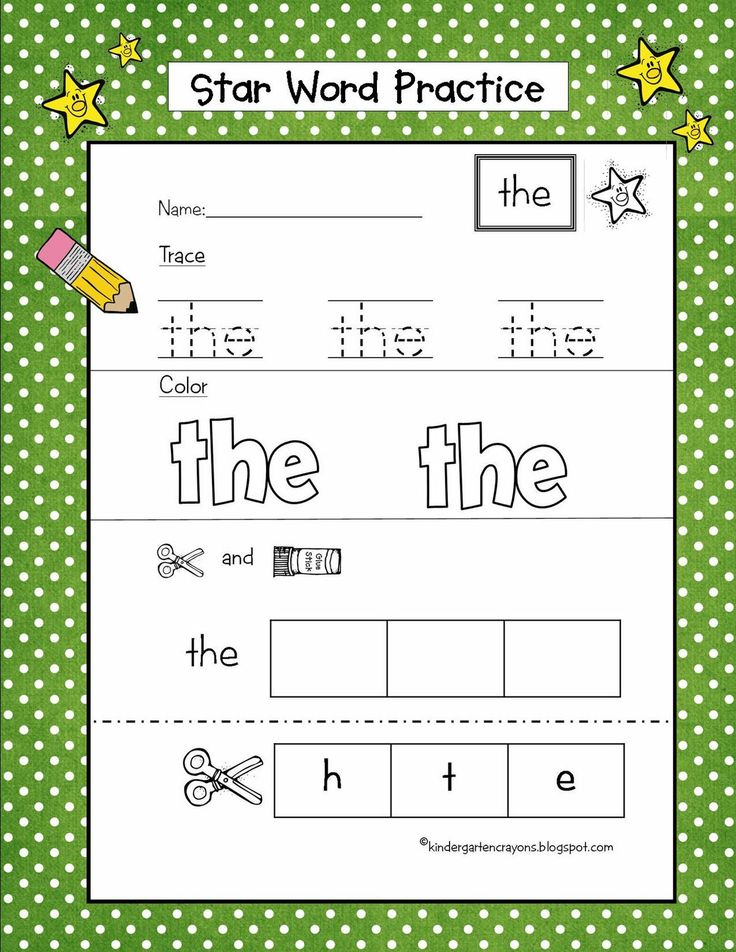 Be sure to stay up to date with all things kindergarten on Instagram, Facebook, Pinterest, and through email. Simply Kinder: where teaching Kinder is definitely better together!
Be sure to stay up to date with all things kindergarten on Instagram, Facebook, Pinterest, and through email. Simply Kinder: where teaching Kinder is definitely better together!
Pedagogical project in the kindergarten "World of kind words" with children of middle preschool age | Speech development project (middle group):
Abstract of the GCD "Polite words"
Svetlana Kiseleva
Abstract of the GCD "Polite words"
Purpose:
To form a common culture of personality: communication skills, rules of etiquette.
To lead the children to realize the need to observe the rules of politeness.
Tasks:
- to develop goodwill, tolerance, understanding, mutual assistance. nine0003
Enrich the dictionary of politeness;
- to develop monologue speech, the ability to reason, prove;
- to form friendly relationships between children, parents and employees of preschool educational institutions;
- to consolidate the ideas of children that "magic" words help a person, cause him good feelings for those who say them;
- to involve parents in active participation in the development and upbringing of children;
- to consolidate children's knowledge about the rules of conduct in public places; cultivate respect for the people around you. nine0003
nine0003
- to expand the vocabulary of children through fiction: poems, stories, fairy tales.
The course of the lesson.
To the song of I. Luchenok "Kindness", a storyteller enters the hall.
Storyteller. Hello guys.
Children. Hello.
Storyteller. You recognized me? I am a good storyteller. And I came to visit you for a reason. I have an offer for you. And would you like to go with me on an exciting and interesting journey.
Children. Yes, we do.
Storyteller. And we will go with you in balloons, to the country of "Courtesy and Kindness". Maybe some of you have heard of such a country.
Children. They speak politely.
Storyteller. Correctly. What are these words? These are ordinary, kind, simple and useful words, and they became polite because without them it is simply impossible to live in the world.
You must not only know these words well, but also be able to pronounce them in a magical way, and learning such magic is not difficult, you just have to want to. Why are these words called "magic"? (children answer: if you say “please”, they immediately give what you ask for, when you say “thank you”, they smile at you when you say all these words, people feel good.)
Why are these words called "magic"? (children answer: if you say “please”, they immediately give what you ask for, when you say “thank you”, they smile at you when you say all these words, people feel good.)
Storyteller. Let's go on a trip, let's not waste time in vain.
Children hold on to balloons and say the words:
I spin, I spin, I fly - I want to rush
To the country of kind and polite words.
Children go to posters with polite words.
Storyteller. So you and I flew to a country where kindness and politeness live. And I also want to remind you and warn you that in this country you can’t swear, call names, fight. Remember? In order to become polite, well-mannered, you need to learn a few rules of politeness. nine0003
So, it is important to remember the main polite words. Now I'll see if you know them.
Even an ice block will melt
From a warm word….(thank you)
When we are scolded for pranks,
We say….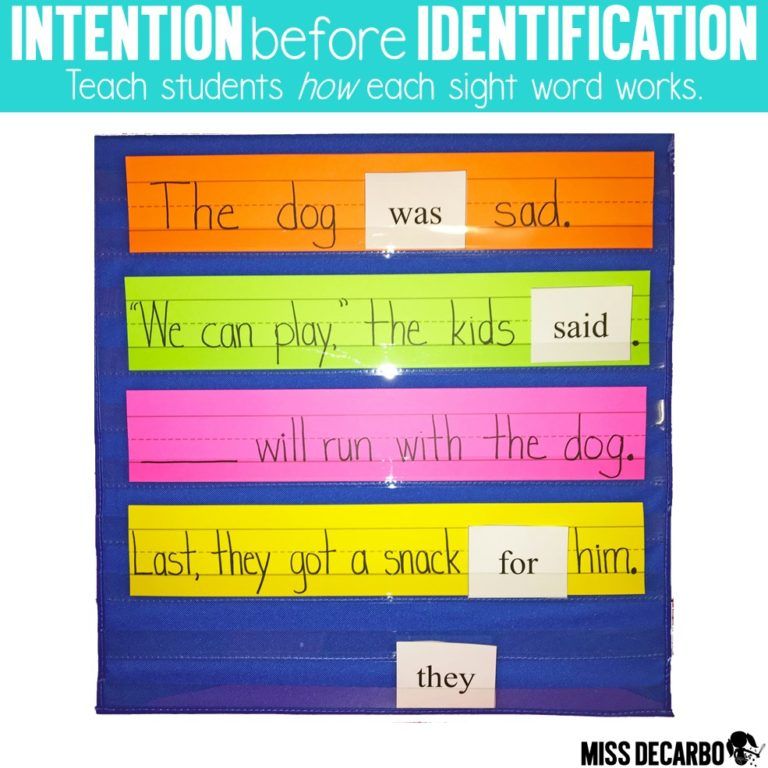 (please forgive me).
(please forgive me).
The old stump will turn green
When he hears .... (good afternoon).
If you can't eat anymore,
Let's tell mom we .... (thank you).
Both in France and Denmark,
Saying goodbye….(goodbye). nine0003
A polite and developed boy,
He says when meeting .... (hello).
Storyteller. Well done. Now we are going to play with you.
Let's play the game "Polite - impolite". If we politely clap 2 times, impolitely - 1 time.
- Say hello when you meet.
Push but don't apologize.
- Interrupt during a conversation.
– Be able to observe silence in class.
- Be able to listen to a friend.
- Let the girls go first. nine0003
– Say “Goodbye” when leaving the classroom
– Talk loudly.
- Help pick up a fallen item.
- To call a neighbor an offensive word.
- Say in the dining room: "Bon appetit."
- I see that you have mastered polite words well.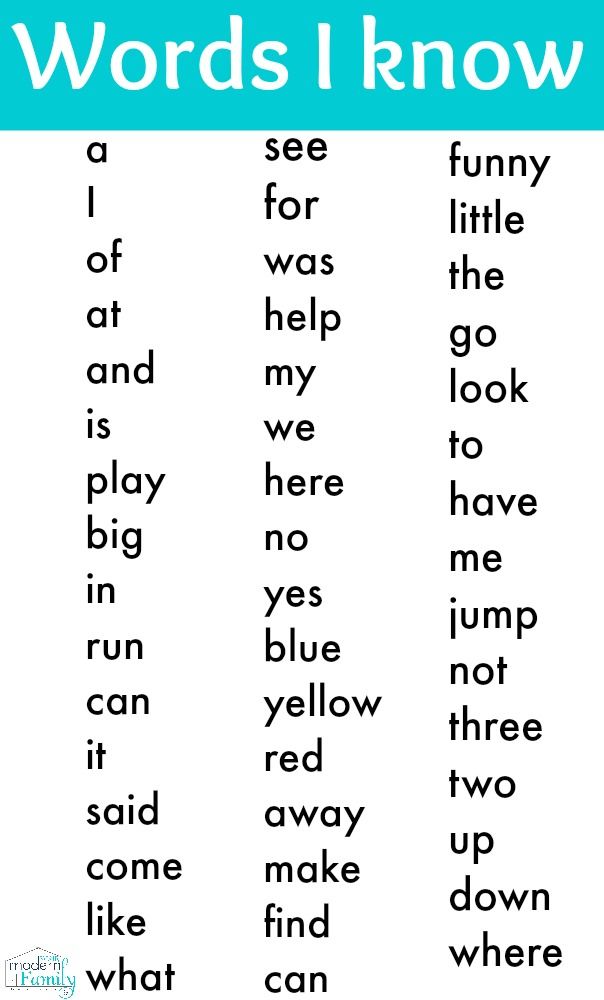 But after all, your attentive and polite attitude should be manifested not only in words, but also in deeds.
But after all, your attentive and polite attitude should be manifested not only in words, but also in deeds.
Storyteller. Look, guys, like in any city, our country also has streets and each has its own name. Let me help you read them:
- Friendship street
- Politeness and Kindness street
- Literaturnaya Polyana street.
I invite you to Friendship Street. Children tell me why it's called that?
Children's answers.
Storyteller. That's right, because here everyone is friends with each other. Remember what I told you before going to the country of "Politeness" (children answer: you can’t swear, fight, call names).
Storyteller. Guys, in the country of politeness, all the inhabitants love to listen to songs. I propose to sing a cheerful song. nine0003
Children sing a familiar song (turn on the soundtrack “If you are kind…”).
Storyteller. Here are the smart ones. And now we will warm up a little.
Fizminutka.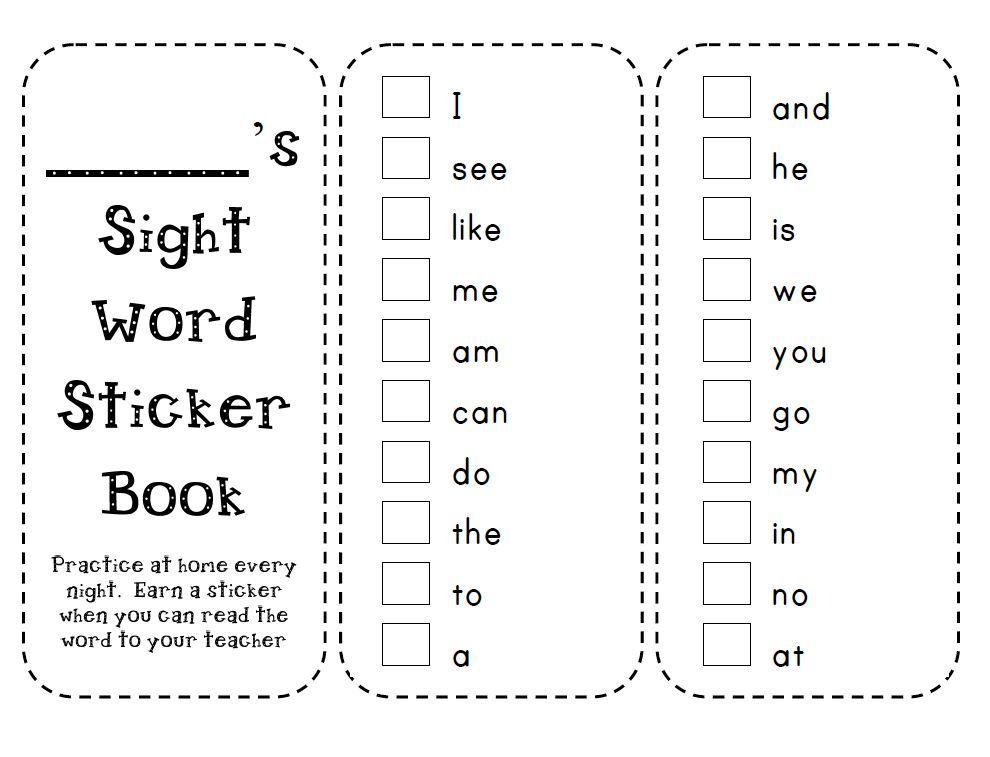
Hello, hello sunshine, (nod your head)
Come quickly. (bending arms towards you)
So that our legs (imitation of running in place)
Run faster.
Show, please (hands on the belt, turns to the sides)
Rays of heat. (raise hands up and down)
Bring on the rays (sit down, join the palms of the boat)
Polite words. (get up, turn palms up).
Storyteller. Well done. And now we will visit Politeness and Kindness Street (the storyteller and children go to the signpost of Politeness and Kindness Street). Can any of you say to yourself that he is polite? (children's answers)
- Do you give up seats in transport for older people?
- Do you always greet adults?
- Boys, do you offend girls? nine0003
- Do you always help and obey the elders?
- Do you always say thank you? (children's answers)
Storyteller. You see, guys, there are no house numbers on this street, and all the houses are named with polite words (each house has a picture attached to it indicating a polite word, the children must guess what the word is).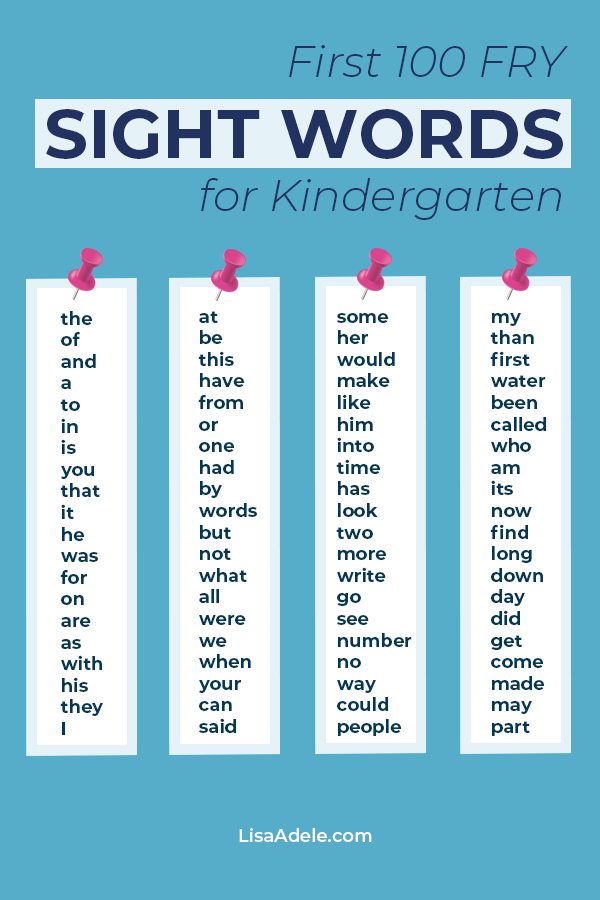 Let's look at the names of the houses.
Let's look at the names of the houses.
Children look at pictures, tell what they see. And what a polite word can fit this illustration.
Storyteller. Well done, I thought you wouldn't guess. Do you always do this yourself? (children's answers).
Storyteller. Do you know poems about polite words? (children read poetry)
1. Kind words are not too lazy
Repeat to me all day.
As soon as I go out the gate -
Everyone going to work:
Blacksmith, weaver, doctor -
"Good morning!" - I'm screaming.
"Good afternoon!" - I shout after
Everyone going to dinner.
"Good evening!" - so I meet
Everyone hurrying home for tea.
2. - Hello, - you will say to the person.
"Hello," he smiles back.
And probably won't go to the pharmacy
And will be healthy for many years
3. Good morning! The birds sang,
Good people get out of bed.
All the darkness is hiding in the corners
The sun has risen and is going about business.
4. Good night! - silence says
Everyone now hears it
Speaks in silent words:
- Sleep, I will stay with you all night.
5. Why do we say “Thank you”.
For everything they do for us.
And we couldn't remember
Who was told how many times.
6. They wish us. - Bon Voyage!
It will be easier to drive and walk.
Of course he will. Good way
Also good. Something.
7. Being kind is not at all easy.
Kindness does not depend on growth. nine0003
All people are happy with kindness,
And in return it does not require a reward.
Storyteller. Kindness lives in the world
Only in a good heart, children.
Storyteller. Guys, I want to introduce you to another wonderful street - Literary Glade Street and invite you to it. There are many beautiful flowers on this street. And the flowers here are magical too. (The guys, together with the narrator, go to the flower meadow).
Storyteller. Oh, look, for some reason all the flowers drooped, hid. Probably today one of the kids here cursed, fought. It's not you? We urgently need to cure our flowers. Can we help guys? But here's the secret. Each flower stands for some literary work of different children's writers. You probably read a lot at home, in the kindergarten about kindness, politeness, respect (children's answers). nine0003
Storyteller. I will now read the questions, and you will answer me about whom or what is being said. Be careful.
The storyteller takes a folded flower and asks questions, the children answer. On the correct answer - the flower blossomed.
- What is the name of the boy who grew up and became ashamed of kindness? (Vovka is a kind soul. A. Barto)
- What magic word helped Pavlik make peace with his sister, grandmother and brother? (“Please”, V. Oseeva “Magic Word”)
- Who was taught politeness in S. Ya. Marshak's poem "The Lesson of Politeness"? (bear).
- What words should I repeat three times a day? (kind words).
Storyteller. Guys, you are smart.
Look how we revived our clearing, how beautiful and fun it became here. Thank you very much. Well done.
Guys, I suggest you play one more game and consolidate our knowledge of polite words. If I say the magic word "please", do the task, if I don't say - don't do it. nine0003
Please game
- Please stand up
- Please sit down.
- Get up again.
- Please raise your hand
- Jump...etc.
Storyteller. “Kind words are not too lazy
Repeat to me three times a day”
So, if we want kind and polite words to be preserved for a long time, we must pronounce them more often. Let's name them. (Children's answers.)
Storyteller. Well guys, our journey has come to an end. And it's time for us to return to kindergarten with you.
Children approach the balloons with the words:
I spin, I spin, I fly - I want to rush to the kindergarten.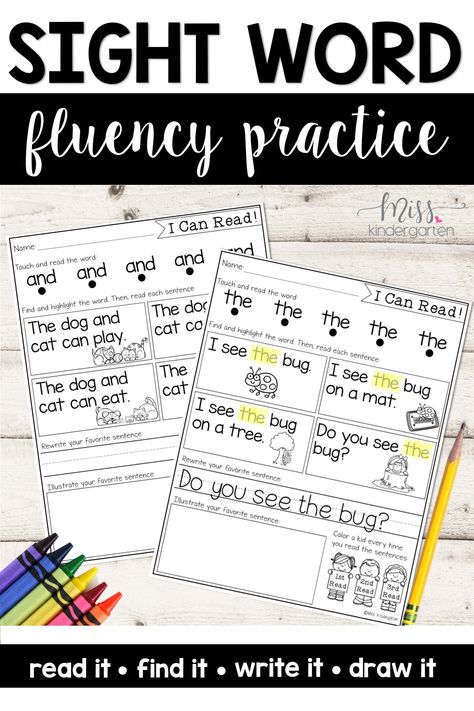
Storyteller. Welcome back. I hope you memorize the words of courtesy well and don't forget to say them. And if you suddenly forgot how to behave in society, then inflate a balloon and fly to the country of "Courtesy and Kindness". You will definitely be helped. nine0003
Summary of the lesson.
Storyteller. Give everyone sunshine -
A piece of light, kindness,
Words of love and tenderness
Give people like flowers.
Guys, thank you very much for a wonderful trip. See you again. I look forward to visiting you.
Rules for Parents
RULES FOR OUR PARENTS
Dear parents!
In our kindergarten, we care about your children, their safety and development. nine0313
Therefore, we also ask you to follow some rules that will help make attending kindergarten a pleasant event for your child.
GENERAL RECOMMENDATIONS
*** Do not forget that there is a monthly payment for the maintenance of a child in kindergarten in a preschool institution. We ask you to pay the receipt on time, , by the 20th day of of each month, according to the contract. nine0003
We ask you to pay the receipt on time, , by the 20th day of of each month, according to the contract. nine0003
Read about payment here
*** In our preschool institution, it is customary to treat each other politely , so the teachers of the group, regardless of their age, must be addressed to you, by name and patronymic, and teach your children this.
Their "aunts" do not work in our kindergarten!
*** Reception of children is carried out from 7.30 to 8.45 daily, except weekends and holidays. nine0003
Timely arrival in kindergarten is a necessary condition for the correct organization of the educational process.
*** If you bring your child after the start of any regimen or activity, please undress him and wait with him in the locker room until the next break.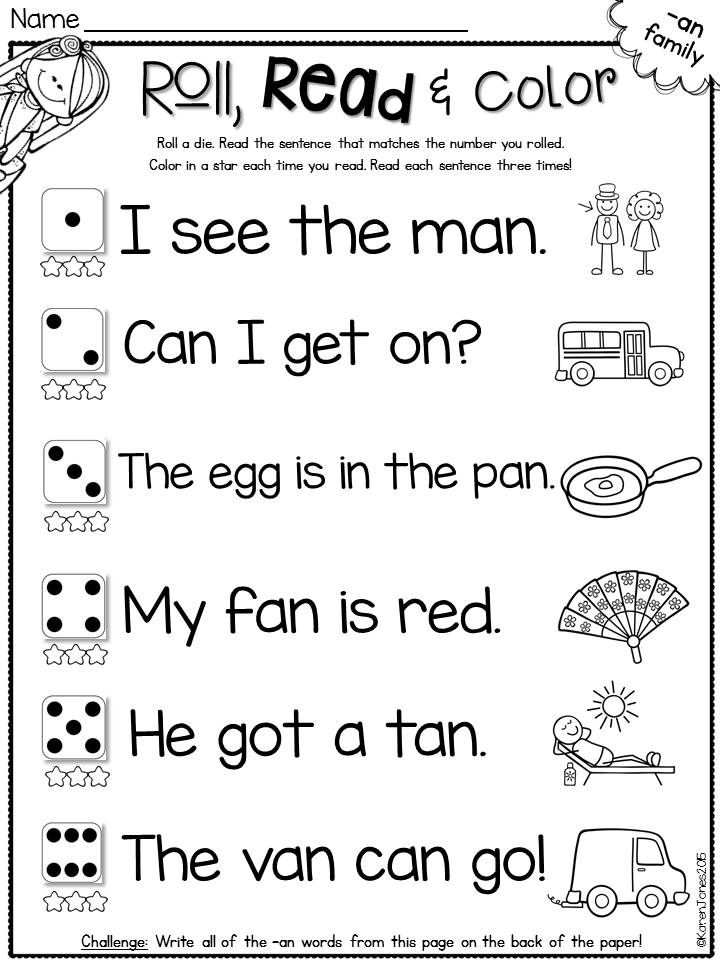
*** In the morning, parents must hand over the child personally to the teacher , and in the evening, be sure to go to the teacher and say that you are picking up the child from the kindergarten. nine0003
*** If you need to bring or pick up a child outside school hours , please notify the teacher in advance. If your child is taken from the kindergarten by relatives or acquaintances, then you must write an application and sign it with the head.
*** If the child is unable to come to kindergarten due to illness or other good reason, please inform the teacher before 9 am by contact phone, and in case of coming to kindergarten after illness or vacation - the day before by 12 noon .
*** A child who does not attend kindergarten for more than 3 days must have a certificate from a doctor.
Parents, remember! You must bring a healthy child!
An untreated child will not only get sick himself, but will also infect healthy children!
And if "snot" and coughing do not frighten you as a mother, then another mother may have her own opinion, different from yours.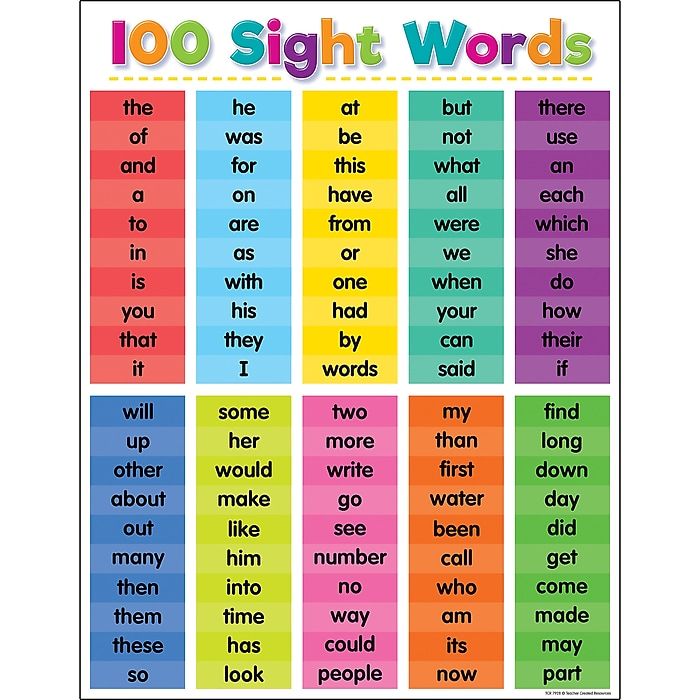 nine0313
nine0313
*** Before you take your child to kindergarten, check whether he is dressed correctly whether his suit is appropriate for the season and air temperature. In properly selected clothes, the child moves freely, gets tired less. Make sure that the child's clothing is not too large and at the same time does not hinder the child's movements. Pay special attention to shoes . It should be light, warm and fit exactly to the size of the foot. Check buckles and laces. They must be such that the child can use them independently. In group room not allowed shoes without backs (flip-flops).
Dear parents! Slippers leave for the house. Children, of course, feel at home here, but let shoes be “not slippers” .
Requirements for the appearance of children
- Neat appearance, fully buttoned clothing and shoes;
- Washed face; nine0313
- Clean nose, hands, trimmed nails;
- Hair trimmed and carefully combed; for girls, the hairstyle is fixed with elastic bands, bows, etc.
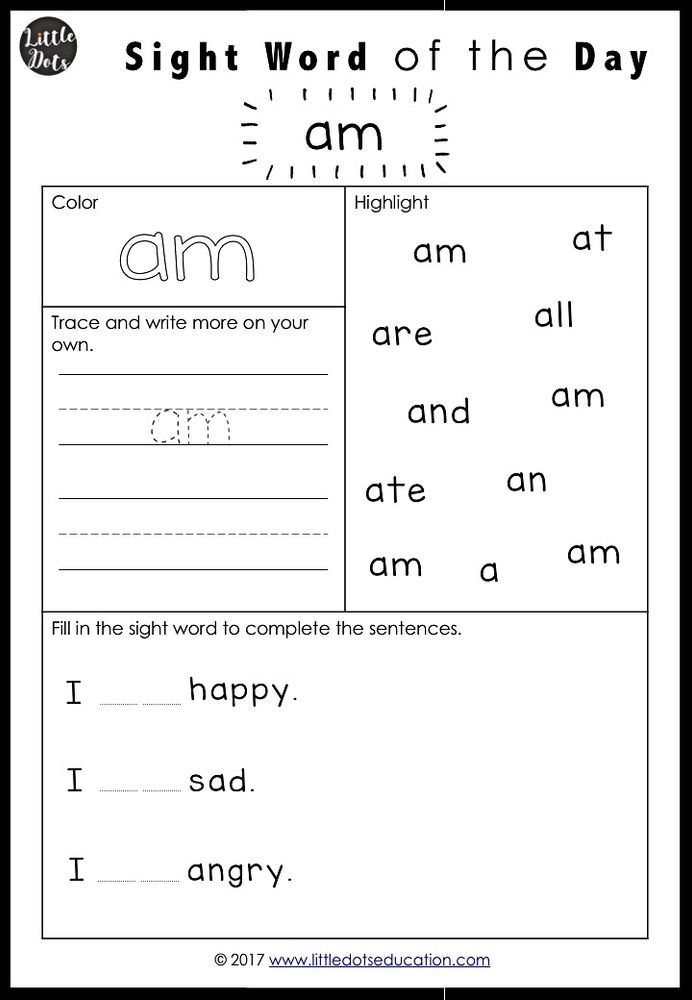
- Clean underwear;
- Availability of sufficient handkerchiefs. The handkerchief is necessary for the child both indoors and on a walk. Make convenient pockets on your clothes for storing it. nine0449
To create comfortable conditions for a child to stay in kindergarten, you need:
- In closet there should be T-shirts, panties, spare tights, socks, a change of clothes in case of an "accident" while eating. Children ... are an independent people. Be sure to check the neatness of things, do not forget to take your pajamas and sportswear to the laundry, well, we don’t even mention the daily change of clothes. Clothing for staying in a group. nine0312 It is not allowed to wear the same pair of jeans, trousers both for a walk and in the premises of a kindergarten.
- Two bags for storing clean and used linen.
- Comb (regardless of hair length).
- Sportswear and shoes with rubber soles for physical education.
- Linen, clothes and other things can be marked.
- nine0470
- It is STRICTLY FORBIDDEN to bring sharp, piercing or cutting objects to preschool (scissors, knives, knitting needles, pins, nails, wire, mirror, glass bottles, bubbles, metal toys, swords, sabers, lighters, etc.) .
- In a group, children are not allowed to beat and offend each other; take things from the teacher's table without permission, even your own, take personal things without permission, including toys of other children brought from home; spoil and break the results of the work of other children. Children are not allowed to "strike back", as well as to attack each other. This requirement is dictated by the safety of the child.
- Do not forget to pay attention to the child's man-made work (drawings, crafts), praise the child.
The presence of such items is dangerous not only for your child, but also for other children attending the group. Therefore, be sure to check your child's pockets before leaving for kindergarten. nine0320
We strongly do not recommend that your child wear gold and silver jewelry.
We also ask not to give chewing gum, sweets, cookies and any food, vitamins, pills and other medicines, cosmetics and computer games and any valuable toy that you feel sorry for.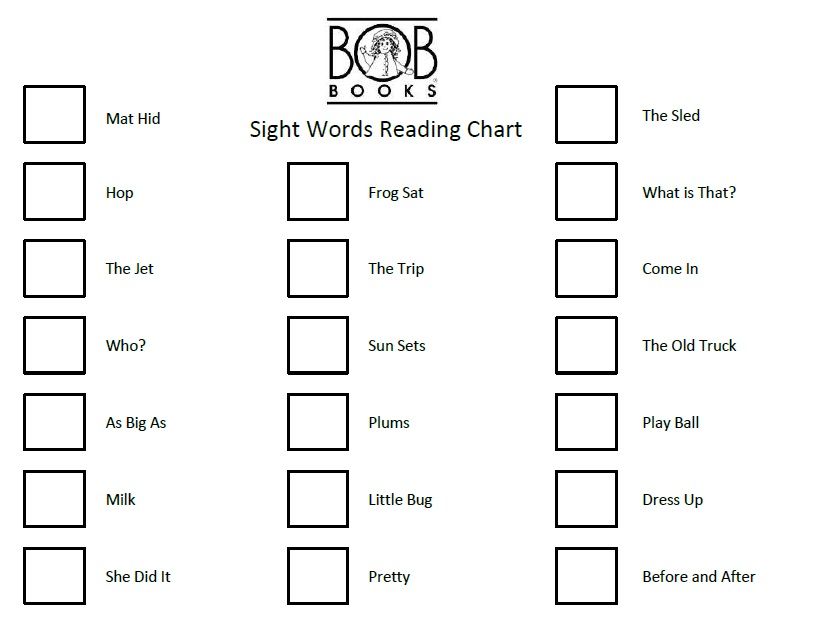
If you consider it necessary to give your child some treats with you, then please limit yourself to a few caramels in candy wrappers and warn the teacher about this. nine0003
Parents can attend classes at any time , informing the teacher conducting it a day in advance. Replacement shoes are not required, but remember about shoe covers!
General issues are discussed at parent meetings, not because there is nothing to say about everyone, but only because of ethical considerations.